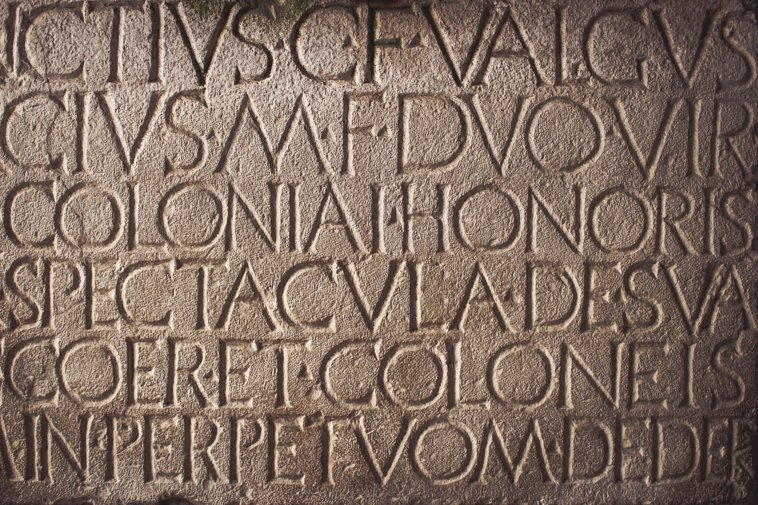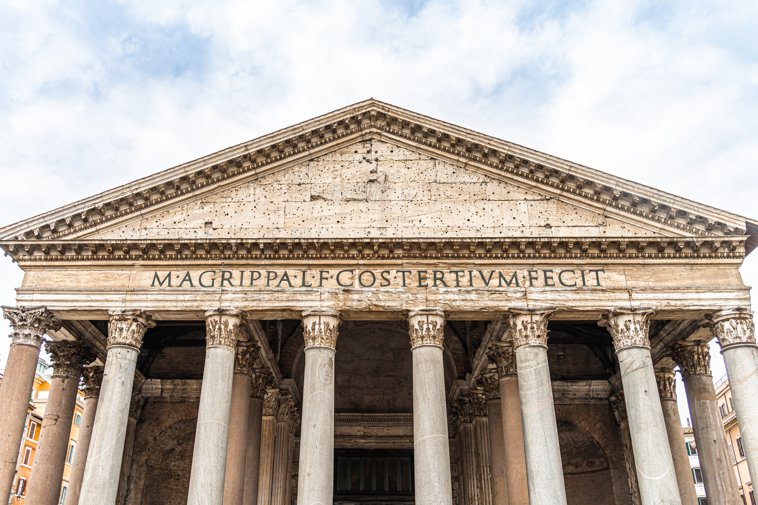Latin Influence on Spanish
Questions This Article Answers
Did Latin influence Spanish?
Which aspects of Spanish were influenced by Latin?
Do all Spanish letters come from the Latin alphabet?
Is Spanish grammar similar to Latin grammar?
Latin Influence on Spanish
Español(Spanish) is a lengua romance(Romance language) derived from latín vulgar(Vulgar Latin).
Latin had a significant influence on Spanish, especially on its gramática(grammar) and léxico(lexicon). Below we’ll analyze the main grammatical features Spanish inherited from Latin.
Latin influenced the following categories of the Spanish language:
- Alphabet
- Number
- Gender
- Adjectives
- Adverbs
- Personal Pronouns
- Verb Inflections
- Mood
- Regular and Irregular Verbs
- Prepositions
- Prefixes and Suffixes
- Lexicon

Latin Alphabet
The Spanish alphabet is based on the Latin alfabeto(alphabet). Fun Fact: The Spanish letter Ñ does not come from the Latin alphabet.
Spanish Alphabet
A B C D E F G H I J K L M N Ñ O P Q R S T U V W X Y Z
Number: Singular and Plural
Just like Latin, Spanish makes a distinction between two grammatical números(numbers):
Read about Spanish plural noun forms in this article.
Gender: Masculine and Feminine
Spanish inherited two of the three Latin grammatical géneros(genders):
The third Latin grammatical gender, neutro(neuter), was only kept in some words:
Click here to learn more about Spanish nouns and pronouns.
Declension of Adjectives and Agreement
Unlike English adjetivos(adjectives), Spanish adjectives agree in gender and number with the noun they describe. This is a feature inherited from Latin.
| Spanish | English |
|---|---|
| gato blanco | white cat |
| gata blanca | white cat |
| gatos blancos | white cats |
| gatas blancas | white cats |
Learn more about noun and adjective agreement in this article.
Comparative and Superlative Adjectives
When it comes to comparisons, Latin and Spanish adjectives have two forms:
| Adjective | Example | English |
|---|---|---|
| comparativo | Ella es más alta que yo. | She’s taller than me. |
| superlativo | Ella es la más alta. | She’s the tallest. |
Learn more about comparisons in these articles:
Adverbs Formed from Adjectives
As well as in Latin, Spanish adverbios(adverbs) formed from adjectives are invariable. Adverbs modify verbs; therefore, they don't change according to gender and number.

Personal Pronouns
The following are the Spanish pronombres personales(personal pronouns). The second person singular formal form usted(you) did not exist in Latin.
| yo(I) | nosotros, nosotras (we) |
| tú(you, singular, informal), usted(you, singular, formal) | ustedes(you, plural) |
| él(he), ella(she) | ellos, ellas(they) |
Take a closer look at the Spanish personal pronouns in this article.
Verb Inflections
In contrast with English, each person of the verb has its own inflection in both Latin and Spanish:
This feature allows Spanish to omit the personal pronoun in sentences when they're inferable. Look at the following examples:
| examples |
|---|

Moods: Indicative, Subjunctive, and Imperative
Spanish inherited the three Latin modos verbales(verb moods):
Spanish also inherited the following formas verbales(verb forms):
And the grammatical voices:
Learn more about the Spanish moods and voices in these articles:
Regular and Irregular Verbs
The four Latin infinitive endings are:
- -āre
- -ēre
- -ere
- -īre
Spanish only has three infinitive endings, without the final -e used in Latin:
- -ar
- -er
- -ir
As well as in Latin, most Spanish verbs are regulares(regular) and follow a regular conjugación(conjugation), but there are also verbos irregulares(irregular verbs) that don't follow a pattern.
Read more about Spanish verbs in the following articles:

Prepositions
Latin used cases, declensions, and prepositions. Spanish only inherited the preposiciones(prepositions). Let’s see some examples:
Take a closer look at the Spanish prepositions in this article.
Prefixes and Suffixes
Many of the Spanish prefijos(prefixes) and sufijos(suffixes) come from Latin. Look at the following examples:
Follow this link to learn more about Spanish prefixes and suffixes.

Lexicon
A large percentage of the Spanish vocabulary has Latin roots. Let's see some examples:
| Latin | Spanish | English |
|---|---|---|
| aqua | agua | water |
| canīnus | canino | canine |
| curvus | curva | curve |
| domesticus | doméstico | domestic |
| lūx | luz | light |
| nomen | nombre | name |
| ovum | huevo | egg |
| porta | puerta | door |
| sapere | saber | to know |
| tempus | tiempo | time |
Learn about the influences of Spanish with these articles:














